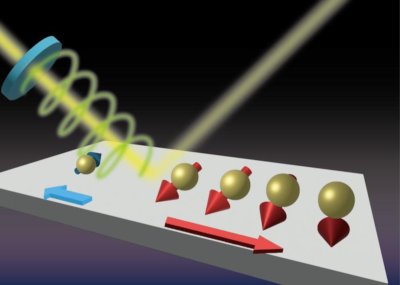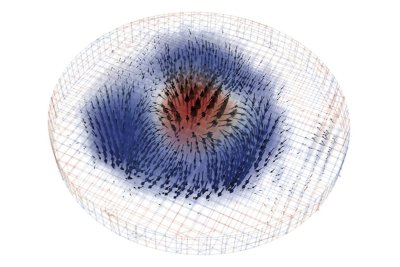Researchers unveil new type of spin–orbit torque
Researchers at the University of Utah and the University of California, Irvine (UCI), have set out to better understand a property known as spin-torque, that is crucial for the electrical manipulation of magnetization that’s required for the next generations of storage and processing technologies.
The spintronic prototype device that exploits the anomalous Hall torque effect. Image from: University of Utah
The scientists have discovered a new type of spin–orbit torque, in a recent study that demonstrated a new way to manipulate spin and magnetization through electrical currents, a phenomenon that they’ve dubbed the anomalous Hall torque.


